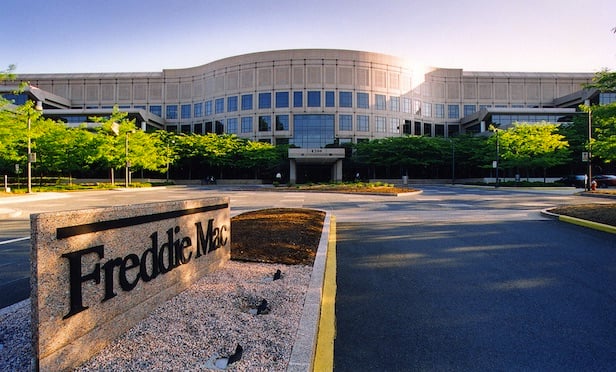
NEW YORK CITY—NOI in properties backing CMBS showed slower growth across the major property sectors in 2016, Fitch Ratings said Friday, although a couple of sectors showed slight increases from the previous year. The average of 2.3% improvement for properties securitized within the Fitch-rated US CMBS multi-borrower universe compares to NOI growth averaging 3% in 2015, 3.2% in 2014, 2.5% in 2013 and 2.5% in 2012.
Although its pace of growth was off by 800 basis points compared to the year prior, multifamily was comfortably in the lead with NOI growth of 4.6%. The ratings agency said the apartment sector is peaking but is expected to show continued growth in NOI thanks to favorable demographics, albeit at a considerably slower pace due to the declines in rent growth and increases in vacancy that are forecast for the next few years. Seventy-one percent of the multifamily properties, by Fitch-rated loan count, reported an increase in NOI for last year.
The apartment sector's average year-over-year NOI increase of 4.6% varied considerably across the major property markets with Fitch-rated CMBS. The largest exposure by loan balance is in Texas, with $8.6 billion of loans and 2.8% NOI growth. It's followed by California, $7.2 billion, 7.4% growth; Florida, $4.9 billion, 7.0% growth; New York, $4.3 billion, 2.1% growth; Virginia, $2.8 billion, 3.5% growth; Colorado, $2.7 billion, 7.5% growth; and Georgia $2.6 billion, 8.0% growth.
Although NOI growth in New York State was at the low end among the major apartment markets, Fitch says the greatest Y-O-Y growth for a property backing a loan of greater than $50 million was on the $130.4-million Ocean at 1 West Street (FREMF 2012-K710). The New York City property saw its NOI grow by 29% due to improved occupancy, increased rental income and lower expenses. Conversely, the biggest Y-O-Y decline in NOI for a loan of greater than $50 million was also on a property within the Empire State: the $58.1-million (GSMS 2013-GC12 securitization on Eagle Ridge Village in Evans Mills, NY, where NOI declined 27% due to fluctuating occupancy stemming from concentration in military tenants.
Y-O-Y changes for the other major sectors were as follows: industrial, 2.9%, compared to 2.8% between 2014 and 2015; retail, 1.6% (1.5%); office, 0.8% (1.1%); and hotel, -1.3% (5.1%). Fitch says that hotel performance has peaked, as evinced by the sector's movement into negative territory on NOI growth. The NOI growth figures cover approximately 11,900 loans with an unpaid principal balance of approximately $178 billion across 368 Fitch-rated US multi-borrower and agency transactions that reported financials for both '15 and '16.
Want to continue reading?
Become a Free ALM Digital Reader.
Once you are an ALM Digital Member, you’ll receive:
- Breaking commercial real estate news and analysis, on-site and via our newsletters and custom alerts
- Educational webcasts, white papers, and ebooks from industry thought leaders
- Critical coverage of the property casualty insurance and financial advisory markets on our other ALM sites, PropertyCasualty360 and ThinkAdvisor
Already have an account? Sign In Now
*May exclude premium content© 2025 ALM Global, LLC, All Rights Reserved. Request academic re-use from www.copyright.com. All other uses, submit a request to [email protected]. For more information visit Asset & Logo Licensing.








